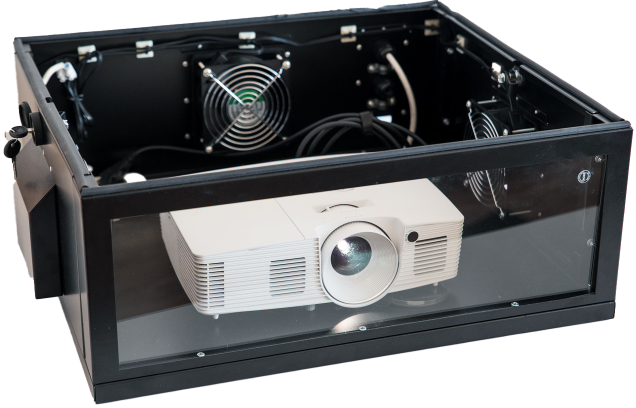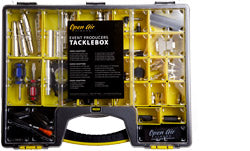What is screen gain? And why is it important for an outdoor movie screen?
When it comes to talking about a projection screen, one of the main technical parameters manufacturers provide you with is the screen gain. For those not as aware of the technical aspects, choosing between different numbers on the screen gain might seem quite complicated.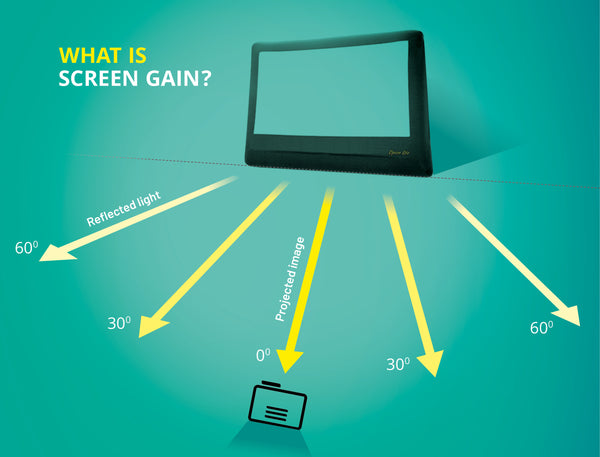
What is Screen Gain?
Actually, the gain represents the level of light reflection from the screen surface to viewer’s eyes. As a viewer, you see a picture, produced by a projector, and reflected back from the screen to you. The level of brightness of the reflected image is measured in “gain”, and the number of gain gives you an understanding of the reflectivity of the screen’s surface.
The gain number shows a ratio of the reflection from the screen light, compared to the light reflected from a standard white board. Any screen surface has its own gain number, low or high, which is relative to a set international standard.
Industry Standard – 1.0 and Viewing Angles
An ideal screen gain is set as 1.0.
Basically, that means a screen with 1.0 gain reflects the same amount of light as if it was a white board. Such a screen diffuses light evenly in all directions, and the amount of light is bright enough for a crisp and vivid image, visible from a wide variety of viewing angles.
The viewing angles are very important for the viewing area and number of viewers/audience who have to experience the best light resolution. If the screen reflection is measured directly in-line with the projector, from the "Zero Degree Viewing Angle", and the viewer is moved to either side of it, the brightness of the projected image may start to diminish up to 50% to the point which is also known as the "Half Gain Viewing Angle". Passing this point, a viewer doesn't receive a reflected picture with a good enough quality.
What is Better, Higher or Lower Screen Gain?
There is a variety of screens on the market with a range of "gain" factors: some screens are described as "high gain" and some are "low gain".
A screen with 1.5 gain is designed to reflect 50% more light than would normally be sent back from a white board. Consequently, a grey screen with a 0.8 rating reflects 80% of the light produced by the projector.
But why would anyone buy a screen with high or low gain if 1.0 is the ideal?
Actually, everything depends on the screen’s purposes and every screen has its own advantages. The higher gain increases the reflection of the projector, making it seem more powerful. However, such a screen focuses the light into a more narrow reflective angle, allowing a smaller area in which fewer viewers can experience the perfect picture. At the same time, the high gain screen’s viewers can also experience "hot-spotting"(less noticeable with screen gains of 1.3 and below). That’s when viewing from the Zero-Degree Viewing Angle causes the centre of the image to be significantly brighter than the outside edges.
Therefore, a low screen gain will reduce the brightness of the projected picture. It may be a good option to help lower the amount of ambient light, not just the projector's light, reflected back to the audience. Such screens also help to bring out more vivid pallets of blacks and to increase a projector's own contrast ratio, producing a wider Half Gain Viewing Angles than do high gain screens. It means that the low gain screens might be the right solution for home cinema theatre.
Open Air Cinema Home Screens are rated at .75, Pro Screens are .8 and flagship Elite Screens are up to .95 (with Front Only projection surface).
Join our mailing list
Get the latest outdoor cinema updates and benefits straight to your inboxFeatured Products
-

Event Pro Outdoor Theater System 16'
$16,499.00
-
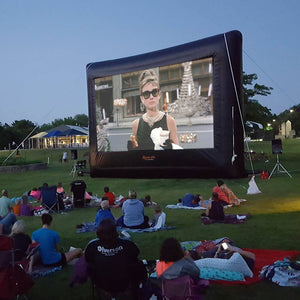
Elite Outdoor Movie Screen Kit 25'
$13,500.00
-
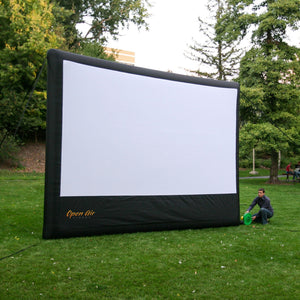
Home Outdoor Movie Screen Kit 16'
$1,999.00



